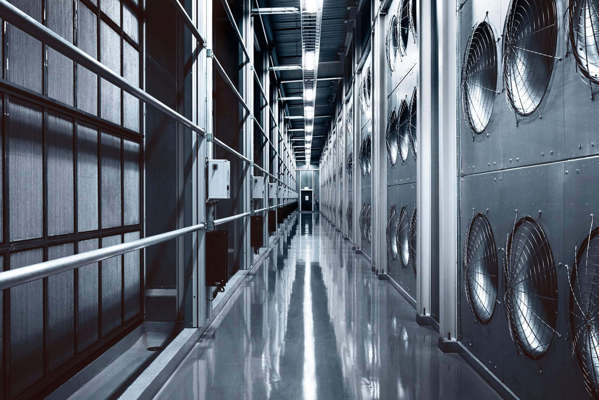Achieving optimal performance in data centers requires a multifaceted approach, with integrated cooling solutions playing a pivotal role. Data centers house a vast array of servers, storage devices, and networking equipment, all of which generate significant amounts of heat. Without proper cooling, these components can overheat, leading to reduced performance, downtime, and even hardware damage. Therefore, managing the thermal environment of a data center is crucial for maintaining the overall efficiency and longevity of its infrastructure. Integrated cooling solutions, which combine various cooling techniques and technologies, offer a comprehensive approach to addressing the thermal challenges faced by data centers. Any deviation from this range can cause issues like system instability or failure, which can lead to costly downtime and service disruptions. Air cooling is the most common method used in data centers, often in the form of precision air conditioning units, cooling towers, and in-row cooling systems. However, as data center power densities increase due to the rising demands of modern computing, air cooling alone is often insufficient to maintain temperature control.

This has led to the adoption of more advanced cooling solutions, such as liquid cooling. Liquid cooling systems, which include direct-to-chip and immersion cooling technologies, have proven to be highly effective in reducing thermal loads by removing heat more efficiently than air. Another key component of integrated cooling solutions is the design of the data center layout itself. Proper airflow management through optimized rack configurations, hot aisle/cold aisle containment strategies, and airflow barriers can significantly improve the performance of both air and liquid cooling systems. For example, in a hot aisle/cold aisle configuration, cold air is directed towards the front of servers, and hot air is expelled from the rear, preventing hot air from mixing with cold air. This setup ensures that cooling systems work more efficiently, reducing the amount of energy required to maintain the desired temperature. Incorporating renewable energy sources such as solar or wind power into the cooling system design can further enhance the sustainability of data centers. Renewable energy can power cooling equipment, reducing the environmental impact and operational costs associated with conventional energy sources.
Additionally, the use of free cooling methods, such as using outside air when the temperature is favorable, can be highly effective in reducing energy consumption. One of the most significant benefits of acdc cooling solutions is their ability to adapt to the evolving needs of data centers. As computing demands change and new technologies emerge, cooling systems must be flexible enough to accommodate higher power densities, more sophisticated hardware, and new cooling methods. By integrating various cooling techniques, data centers can ensure that they are prepared for the future while maintaining optimal performance. Ultimately, achieving optimal performance in a data center is about more than just cooling it is about creating a holistic environment where power, space, and cooling work together harmoniously. Integrated cooling solutions not only enhance the performance and reliability of data centers but also contribute to their long-term sustainability and efficiency.

